MORE IMPORTANT INFORMATION ABOUT YOUR TRAVEL TO Stralsund
The Train station is located at the center of Stralsund
Stralsund is a Hanseatic town in the Pomeranian part of Mecklenburg-Vorpommern, Germany. It is located at the Southern coast of the Strelasund, a sound of the Baltic Sea separating the island of Rügen from the mainland.The Strelasund Crossing with its two bridges and several ferry services connects Stralsund with Rügen. The Western Pomeranian town has been the capital of the Vorpommern-Rügen district since the 2011 district reforms. It is the fourth-largest city of Mecklenburg-Vorpommern and, together with Greifswald, Stralsund forms an Oberzentrum, one of four high-level urban centers of the region. Stralsund was granted city rights in 1234 and was one of the most prospering members of the medieval Hanseatic League. In 1628, during the Thirty Years' War, Stralsund came under Swedish rule and remained so until the upheavals of the Napoleonic Wars.
Source:
WikipediaADDITIONAL INFORMATION ABOUT Hamburg
The Train station is located at the center of Hamburg
Hamburg (English: German: [ˈhambʊʁk], locally also [ˈhambʊɪ̯ç] [ˈhambɔːχ]; Low Saxon: Hamborg), officially the Free and Hanseatic City of Hamburg (German: Freie und Hansestadt Hamburg; Low Saxon: Friee un Hansestadt Hamborg), is the second-largest city in Germany after Berlin and 7th largest city in the European Union with a population of over 1.84 million. One of Germany's 16 federal states, it is surrounded by Schleswig-Holstein to the north and Lower Saxony to the south. The city's metropolitan region is home to more than five million people. Hamburg lies on the River Elbe and two of its tributaries, the River Alster and the River Bille. The official name reflects Hamburg's history as a member of the medieval Hanseatic League and a free imperial city of the Holy Roman Empire. Before the 1871 Unification of Germany, it was a fully sovereign city state, and before 1919 formed a civic republic headed constitutionally by a class of hereditary grand burghers or Hanseaten. Beset by disasters such as the Great Fire of Hamburg, North Sea flood of 1962 and military conflicts including World War II bombing raids, the city has managed to recover and emerge wealthier after each catastrophe. Hamburg is Europe's third-largest port.
Source:
WikipediaImages of the trains for your trip

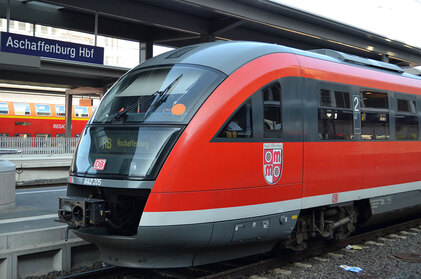






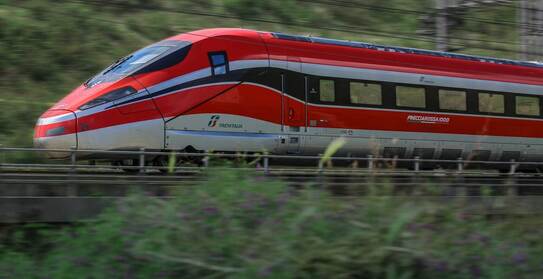
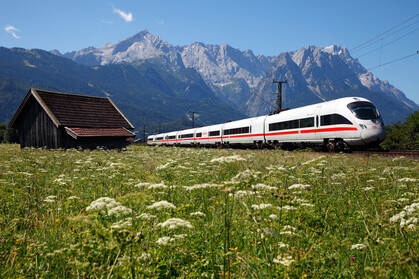
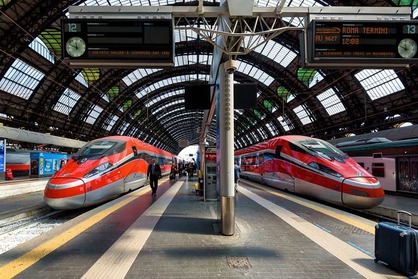





















Where Can You Travel With Us?
TAKE A LOOK AT OUR MAP
France
Italy
Netherlands
Luxembourg
Austria
Germany
Belgium
Switzerland
Denmark
Sweden
Norway
Hungary
Czech
Ukraine
China
Active
France, Italy, Netherlands, Luxembourg, Austria, Germany, Belgium, Switzerland, Denmark, Sweden, Norway, Hungary, Czech, Ukraine, China
Upcoming
USA, Canada, Spain, Poland, Japan
Other Train Trips From Hamburg

Hamburg to Galgenschanze

Hamburg to Fuessen
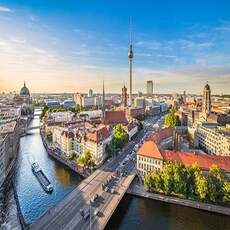
Hamburg to Glauchau Sachs
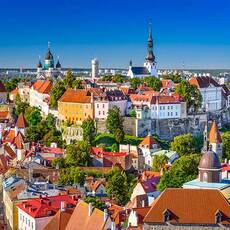
Hamburg to Eppingen

Hamburg to Buttgen

Hamburg to Darmstadt Wixhausen

Hamburg to Bad Salzuflen

Hamburg to Kiefersfelden

Hamburg to Diez

Hamburg to Eschweiler

Hamburg to Eutingen Baden
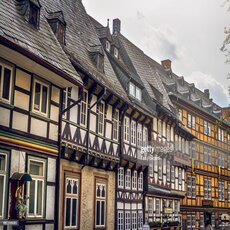
Hamburg to Herborn Dillkr
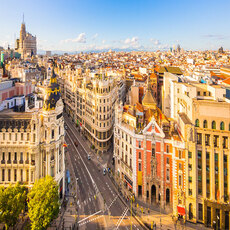
Hamburg to Sachsenheim
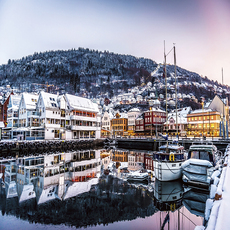
Hamburg to Ehingen Donau

Hamburg to Gatersleben

Hamburg to Rheine

Hamburg to Schonmunzach
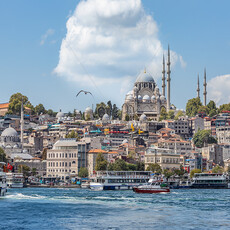
Hamburg to Rottenburg Neckar

Hamburg to Cologne Mulheim
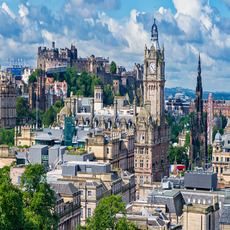
Hamburg to Nienburg Weser
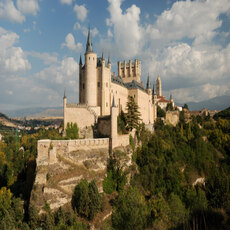
Hamburg to Porz Wahn

Hamburg to Lampertheim
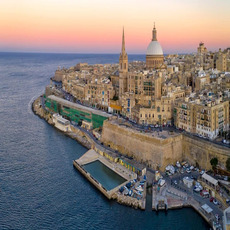
Hamburg to Iserlohnerheide

Hamburg to Gusten

Hamburg to Bad Hohenstadt

Hamburg to Babenhausen Hess
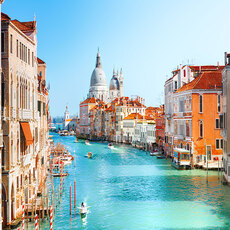
Hamburg to Wernshausen
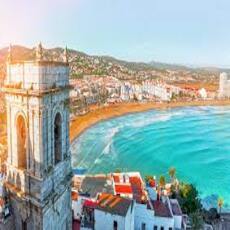
Hamburg to Geseke
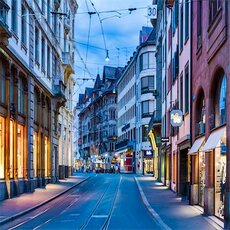
Hamburg to Calbe Saale East

Hamburg to Delitzsch Unterer
WHY YOU SHOULD TRAVEL BY TRAIN?
To travel from Hamburg To Stralsund, trains would be the best travel choice, for several reasons:
1
Eco-Friendly
Trains are the most environmentally-friendly way of transport to the EU Environment Agency. They are powered by electricity, which is renewable and has a low environmental impact.
2
Speed
Travelling by train is in most cases the fastest way to go from Rome to Milan. Trains usually travel at high speeds, making them the fastest way to get from one place to another.
3
Safety
Travelling by train is one of the safest forms of transport. Trains are heavily regulated and monitored, making them safer than other forms of transport.
4
Price
Travelling by train is often cheaper than other forms of transport, such as flying or taking a bus. Trains are often subsidized by the government, making them cheaper than other forms of transport.
5
Luggage
Travelling by train is a great way to transport luggage. Trains usually have plenty of space for luggage and they are usually safe and secure.
6
Luggage
Travelling by train is often faster than other forms of transport, such as driving or taking a bus. Trains usually travel at high speeds, making them the fastest way to get from one place to another.
7
Comfortability
Travelling by train is usually very comfortable. Trains usually have comfortable seating and plenty of legroom, making them a great way to travel.
8
Comfortability
Travelling by train is a great way to get some sleep. Trains usually have comfortable seats and plenty of legroom, making them a great way to get some rest while travelling.
9
WIFI
This is not necessarily the most important when you travel since we prefer to tell you to enjoy your travel without your phones, but on trains, you can find WIFI onboard, so you remain connected to the internet if you choose to.
Popular Routes

Geneva Airport To Champery

Paris To London St Pancras International

Paris To Brussels Midi South

Bologna To Verona Porta Nuova

Ragusa To Naples

Amsterdam To Brussels Zaventem Airport

Nice Ville To Lyon Part Dieu

Amsterdam To Brussels

Liege Guillemins To Eupen

Zurich Airport To Lauterbrunnen

Rotterdam To Antwerp Berchem

Paris Charles De Gaulle CDG Airport To Nantes

Milan To Rome

Stuttgart To Basel

Frankfurt To Paris

Amsterdam To Boom

Bellinzona To Basel

Vienna To Budapest Keleti Palyaudvar

Bietigheim Bissingen To Nuremberg

Paris To Rome

Biarritz To Bordeaux Saint Jean

London St Pancras International To Amsterdam

Naples To Milan

Zurich To Basel

Frankfurt To Amsterdam
THESE ARE THE TRAIN OPERATORS WE WORK WITH





















